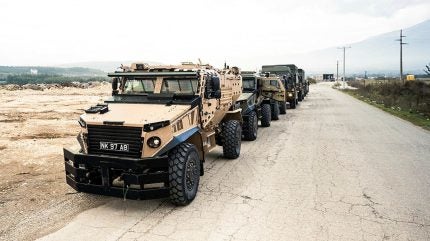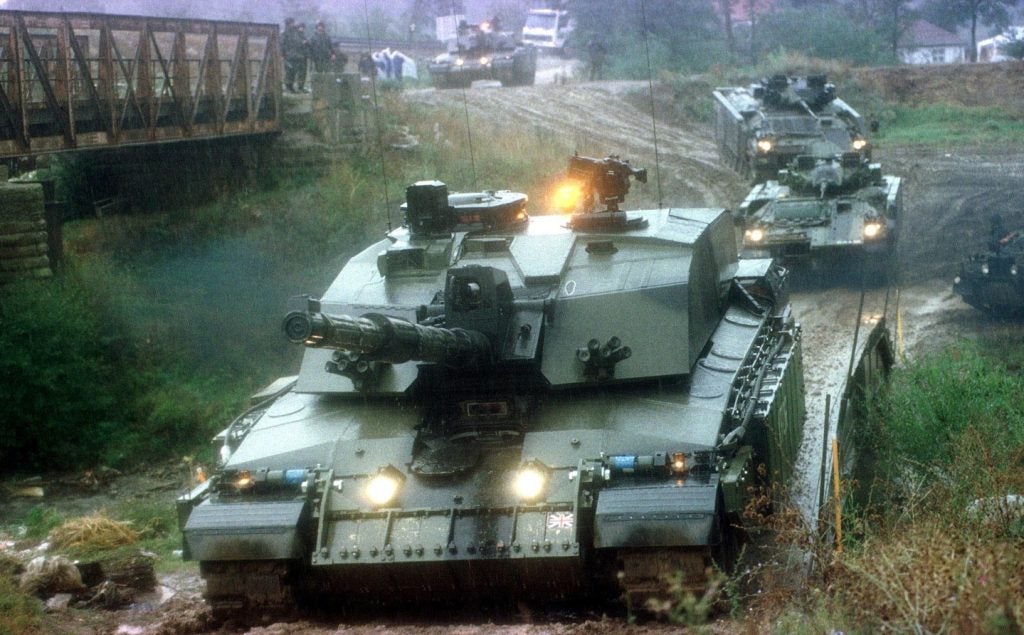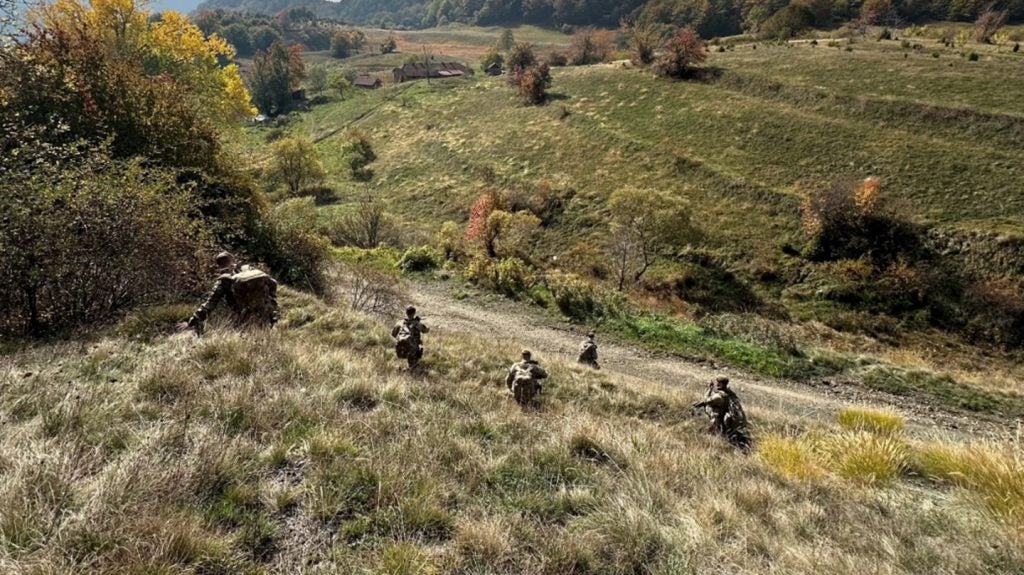Is Kosovo the model for a UK peacekeeping mission in Ukraine?

A momentous step towards a future peace deal or the latest in a series of false dawns in the ongoing Ukraine-Russia war, the end result of recent diplomatic efforts by the warring parties with the US and Europeans remain as yet unknown.
Following a bilateral with Russian President Vladimir Putin on 15 August 2025, US President Donald Trump followed that up days later with Ukraine President Volodymyr Zelenskyy. Determined not to be left out, European leaders invited themselves and tagged along to the White House summit on 18 August.
What comes next is the prospect of a trilateral Trump-Putin-Zelenskyy meeting, possibly in Saudi Arabia as neutral territory, which would in theory begin to trash out the details of a ‘let’s skip a ceasefire and go straight to peace’ deal.
That said, a ceasefire would suit Zelenskyy, as it would pause the bloodshed without Ukraine having to formally cede vast tracts of land, some 20% of its total territory, to Russia.
Moscow wants the land and could get its way, so keen is Trump’s desire to be seen to be making a deal. A peace deal is preferred, but Putin can read the mood of the Western room.
However, one apparently firm outcome of the recent spate of meetings is the commitment to create some form of security guarantee for Ukraine, certainly led by the Europeans with some as-yet unknown US support.
Potentially, the US support could be in the way of intelligence sharing. More likely, is that it will ‘permit’ Ukraine and European countries to continue to buy US equipment to provide to Kyiv.
KFOR as the UK template
For UK Prime Minister Keir Starmer, keen to avoid domestic political turmoil and return to the world stage, where he has been more assured, the question will be asked as to what the UK will be able to provide to any European security force in Ukraine.
Oddly, the British Army, while unable to undertake high-intensity warfighting in any depth or breadth, could be suited to a peacekeeping structure similar to that seen with its contribution to the Kosovo peacekeeping deployment in the late-1990s.
Initially deployed in 1999, the British Army’s contribution to KFOR saw around 2,000 personnel begin peacekeeping operations as part of the wider Nato mission, some 50,000 strong.
Largely, units were equipped as light role, using the FV432 armoured personnel carrier or Land Rover 110 for mobility, supporting by 105mm L118 light guns. Reconnaissance armour was provided by Scimitar and Scorpion light tanks, which ironically have since been donated in part or whole to Ukraine.
Subsequent deployments of UK heavy armour to KFOR was made, to bolster the initial light force.

It is conceivable that a British Army deployment of between 1-2,000 personnel to Ukraine as part of wider European peacekeeping force could be undertaken. Current light role infantry units, equipped with the Foxhound 4×4, could form the core of the deployment.
Combat infantry would likely be formed around a battalion core, which would come from those in high readiness roles such as The Royal Gurkha Rifles, elements of The Rifles, with additional reconnaissance units from 16 Air Assault Brigade, the Commandos, or the Household Cavalry.
Conceptually, a future Ukraine peacekeeping force could be structured as follows.
Estimated Force Composition (1,000 – 1,500 personnel)
| Unit Type | Estimated Size | Key Equipment |
| Infantry Battalion | 600–800 | Light weapons, Foxhound vehicles |
| Reconnaissance Troop | 100–200 | Ajax (if available), Jackal, Foxhound |
| Engineers | 100–150 | Engineering vehicles, mine detectors |
| Logistics & Medical | 150–250 | Transport trucks, field ambulances |
| Signals | 50–100 | Tactical radios and communication systems |
In terms of heavy armour, the British Army’s Challenger 2 main battle tank fleet is being upgraded to the Challenger 3 variant, meaning it would have no part to play in any Ukraine peacekeeping force. Other armour, such as the Warrior IFV, would be limited in number due to ongoing upgrades, an impending out-of-service date, and maintenance backlogs.
The future Ajax IFV and its variants are still being manufactured and possibly unavailable in required numbers. As such, heavy armour would likely not play much of a role in any UK peacekeeping deployment in Ukraine.
The Boxer MIV fleet is at its infancy and similarly would play no role in a UK deployment.
With the British Army having donated or axed its entire AS90 155mm artillery force, long-range fires would be limited to the few Archer systems or M270 MLRS currently in service, or else provided by more kinetic European forces such as Poland or France.
It should be noted that the UK peacekeeping force, as with all the likely European contributions, would be a tripwire, and not intended to engage with Russian aggression.

By way of comparison, Russia and Ukraine have sustained well in excess of a combined one million combat casualties since February 2022, with Russia sustaining over 2,700 since 15 August alone in actions across the frontline, according to figures from Ukraine’s Ministry of Defence.
In context, these losses are than the entirety of the above suggested UK peacekeeping force structure, in just 72 hours. At least three British Army battalions would need to be kept on rotation for a Ukraine peacekeeping force, likely performing four, six-month deployments at a time.
Sustaining such a force, even such a limited one as described in the example, would be challenging for the British Army beyond 24 months, with the service facing recruitment and retention shortfalls.
Ongoing deployments such as military training in Africa, support to GCC allies, UN peacekeeping in Cyprus, and Nato commitments in the Baltics, would need to be assessed as whether they could be continued.
Some 600 UK personnel are also still deployment or committed to KFOR, with the mandate extended to at least 2026.


